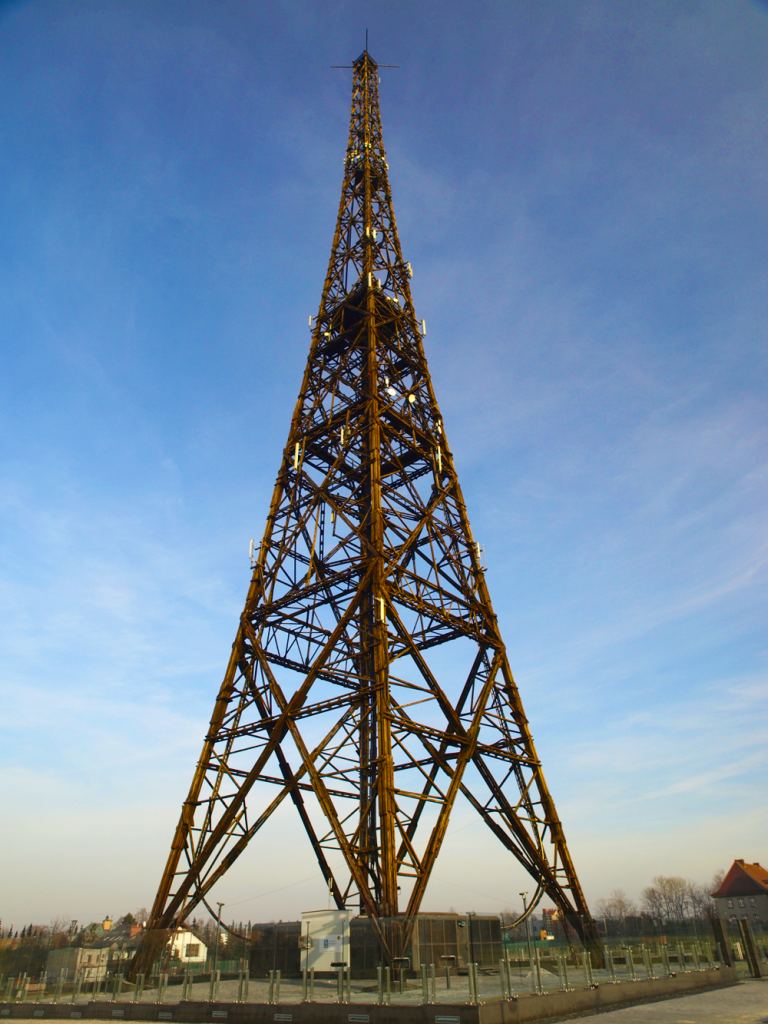 Radio Ink’s Convergence 2014 last week in Santa Clara brought together a unique cast of characters trying to answer the nagging question:
Radio Ink’s Convergence 2014 last week in Santa Clara brought together a unique cast of characters trying to answer the nagging question:
“What are the best social, local and mobile digital strategies to drive radio revenue?”
While many strategies were discussed around listener engagement and formats, the real issue that emerged is more specific – it’s about revenue. Internet radio pure plays face high royalty costs, low eCPM and listeners that don’t respond well to increases in ad load. This is not a cocktail for economic success and needs to be addressed with new monetization tactics.
On the other hand, most terrestrial radio stations are neglecting digital channels for a plethora of reasons. Some are taking a “go slow” approach due to fear of suppressing overall spot rates, while others lack both understanding and resources to build effective digital properties. Internet radio knows that getting their revenue model correct is an existential necessity. Terrestrial radio may soon be looking at the audience and advertiser migration to digital in a similar light.
Everyone Needs a Better Revenue Model
I don’t think anyone is surprised that it all comes down to money. If effective revenue models were more obvious, digital would be a source of excitement instead of angst for terrestrial radio. Radio stations have numerous assets to exploit when building digital channels for listeners, but general managers see only the production cost and are skeptical of downstream revenue. So, they wait.
The problem is that waiting for an blatantly strong economic model is no longer an option. According to RAB, spot and network ad revenue declined in 2013 by 1% and 4% respectively, and then again in the first quarter of 2014. Overall revenue remained flat in part due to 16% increases in digital ad sales in both periods measured. Overall, Kantar Media estimates that advertising across all channels grew about 1% in 2013. Traditional terrestrial radio ad inventory did not participate in that growth.
Terrestrial radio revenues have been more resistant to displacement by digital channels than print media. However, with 44% of Internet radio listening hours reportedly displacing radio listening time, the trend is not favorable. Reach is not enough to indefinitely maintain spot rates in the face of declining audience size. I’m sure station managers are monitoring this trend closely.
Terrestrial Radio Still Looking for a Digital Playbook
 There was also some honest discussion in Santa Clara about how terrestrial radio needs better data to understand and compete with digital pure plays. There was agreement that digital has room to accommodate terrestrial radio, but lumping those listeners in with broadcast doesn’t provide the clarity that advertisers want to see. Using the same ad formats in digital and broadcast radio doesn’t provide the innovation that is expected.
There was also some honest discussion in Santa Clara about how terrestrial radio needs better data to understand and compete with digital pure plays. There was agreement that digital has room to accommodate terrestrial radio, but lumping those listeners in with broadcast doesn’t provide the clarity that advertisers want to see. Using the same ad formats in digital and broadcast radio doesn’t provide the innovation that is expected.
In a blog post this week, Fred Jacobs pondered why the Convergence Conference saw so many technology innovations coming from outside the industry and so little from within it. For terrestrial radio stations looking to monetize on digital, the biggest gap may not be the revenue model, but rather the commitment to building properties that leverage all aspects of available technology. If stations want to monetize their investment in digital, they need to understand the impact of high digital spot loads, embrace interactivity, and take advantage of the different advertising capabilities available in the medium.
Revenue Opportunities on the Horizon
However, there is reason for hope if you listened to the ad agencies in attendance. They made it clear that CPM rates were less important than results. If terrestrial and Internet radio can deliver measurable results, advertisers will pay higher CPMs. Again, this speaks to the need for data to prove effectiveness.
At XAPP, we are seeing consumer response rates for interactive audio ads that are far higher than other traditional ad units. Higher conversion rates are just the type of measurable results that advertisers are seeking. The interactive Voice Click format for converting consumers is the type of innovation that leverages digital channels in a way that one-way broadcast ads cannot. The conversion focus also aligns well with local advertiser preferences.
There is no single answer to the digital revenue question. Many creative minds came to the Convergence event to feed off of each other and return to their teams with new ideas and inspiration. Any chance for those in the media world to step out of our normal “gadget obsessed routine” does yield some welcome creative relief. Some of that relief will come from a commitment to digital channels, combined with solutions that increase value of digital ad inventory. Digital is not going away. What is your revenue strategy?
